Streacom's FC10 and Nano150: Building a Fanless Ivy Bridge HTPC
by Ganesh T S on December 22, 2012 3:30 AM EST- Posted in
- HTPC
- Fanless
- Ivy Bridge
Thermal Performance
Evaluation of the thermal performance of passive systems is absolutely essential because it is quite common for improperly designed thermal solutions to not prevent processors from reaching their maximum permissible junction temperature. Once this temperature is reached, thermal throttling is activated. The processor first reacts by lowering its operating frequency. If the cooling solution is bad, it might even result in the processor shutting itself down.
The Streacom OEM solution used in the Aleutia Relia wasn't very effective (though Streacom refused to comment on those results). However, their previous chassis / cooling solutions had always been effective in operation, and we weren't unduly worried about the FC10 with respect to this aspect. That said, we did carry out the same experiments performed with the Aleutia Relia, but restricted ourselves to room temperature (72 F = 22 C) tests only.
Our loading test consists of running Prime 95 in maximum power consumption mode along with Furmark in Stability Test mode. Instead of running the test for 20 minutes, we subjected the unit to 12 hours of stress continuously.
Power consumed at the wall was recorded for the first 90 minutes or so (and we found that it settled down to around 72 W beyond that). Unlike the Relia where thermal throttling was activated and resulted in power consumption at the wall going down after some time, we find that there is no thermal throttling at play in this system. The load and CPU frequencies were presented in the Relia review, but we won't present them here since the load stayed at 100% and the frequency of the cores was always at 3.3 GHz throughout the course of the stress test.
The CPU core temperatures are presented in the graphs above. Interestingly, the second core was always a couple of degrees cooler than the first core. The maximum junction temperature of the Core i3-3225 is 105 C, and the FC10 cooling mechanism was able to keep it at a safe temperature.
Another interesting aspect is how fast the unit is able to get back to the idle temperature after removal of the processor load. The graph below shows that the unit gets back to the idling temperature within 90 minutes.
We conclude this section with a thermal profile of the case and the heat sink when the unit is being subjected to full load using Prime 95 and Furmark. All the temperatures are in Farenheit.
The temperature on the lower CPU mount noted above was actually on top of the FC10 upper CPU mount (Intel-type). All these values were recorded with the unit being kept in a still room with plenty of open space around it.




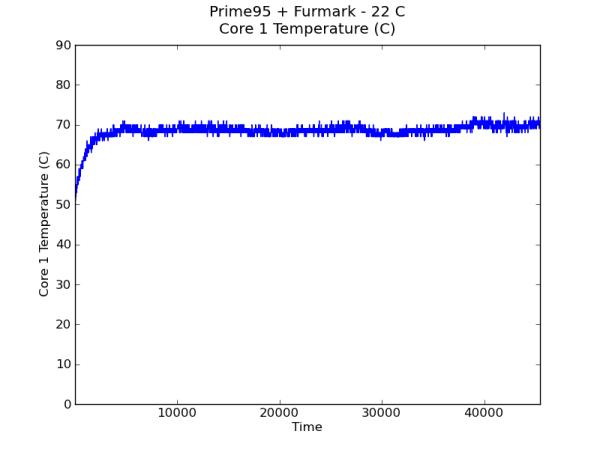
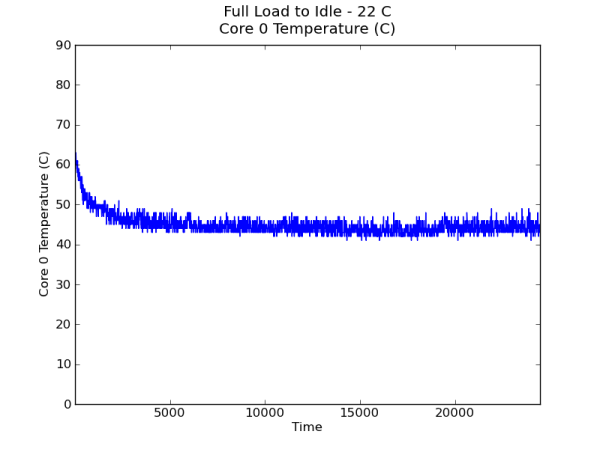
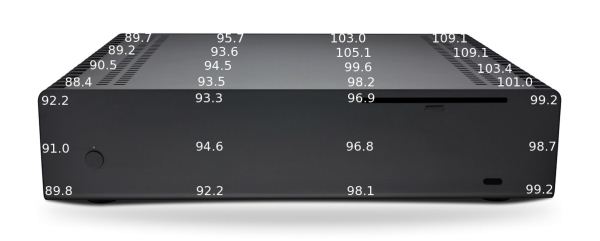
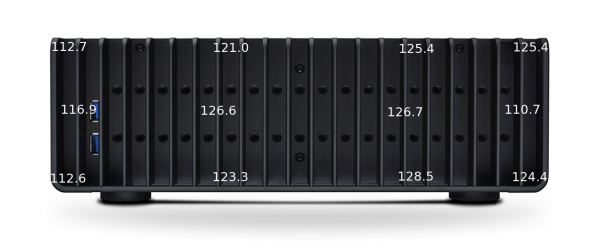

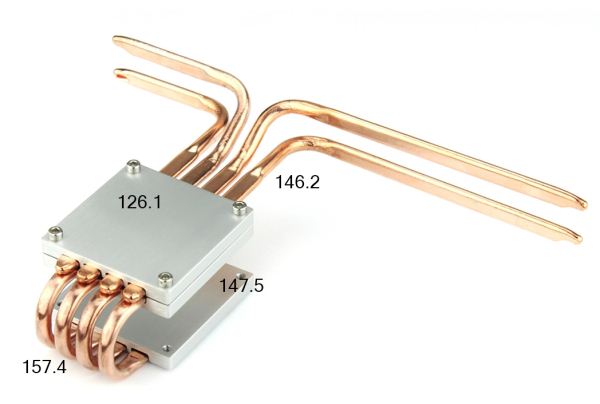








63 Comments
View All Comments
Sivar - Tuesday, January 1, 2013 - link
Much cheaper, more configurable, but unfortunately much taller fanless PC:http://www.formortals.com/the-solid-state-pc/
thodo - Tuesday, January 15, 2013 - link
That would be an excellent option if both myself and my wife were blind. But yes, would be nice if the Streacom were half the price...thodo - Tuesday, January 8, 2013 - link
I have recently built a HTPC around the new FC9 chassis and an A10-5800k (underclocked to A10-5700 speeds as I couldnt' find a 5700 to buy). Am really interested to see whether the blu-ray drive you've chosen runs quietly in the FC10. I've used a Sony BC-5800S and it is ridiculously loud even by ODD drive standards. Its clearly audible over even moderately loud audio playback... I notice Streacom have now released their own badged blu-ray ODD so will be interesting to see if that is any quieter also.